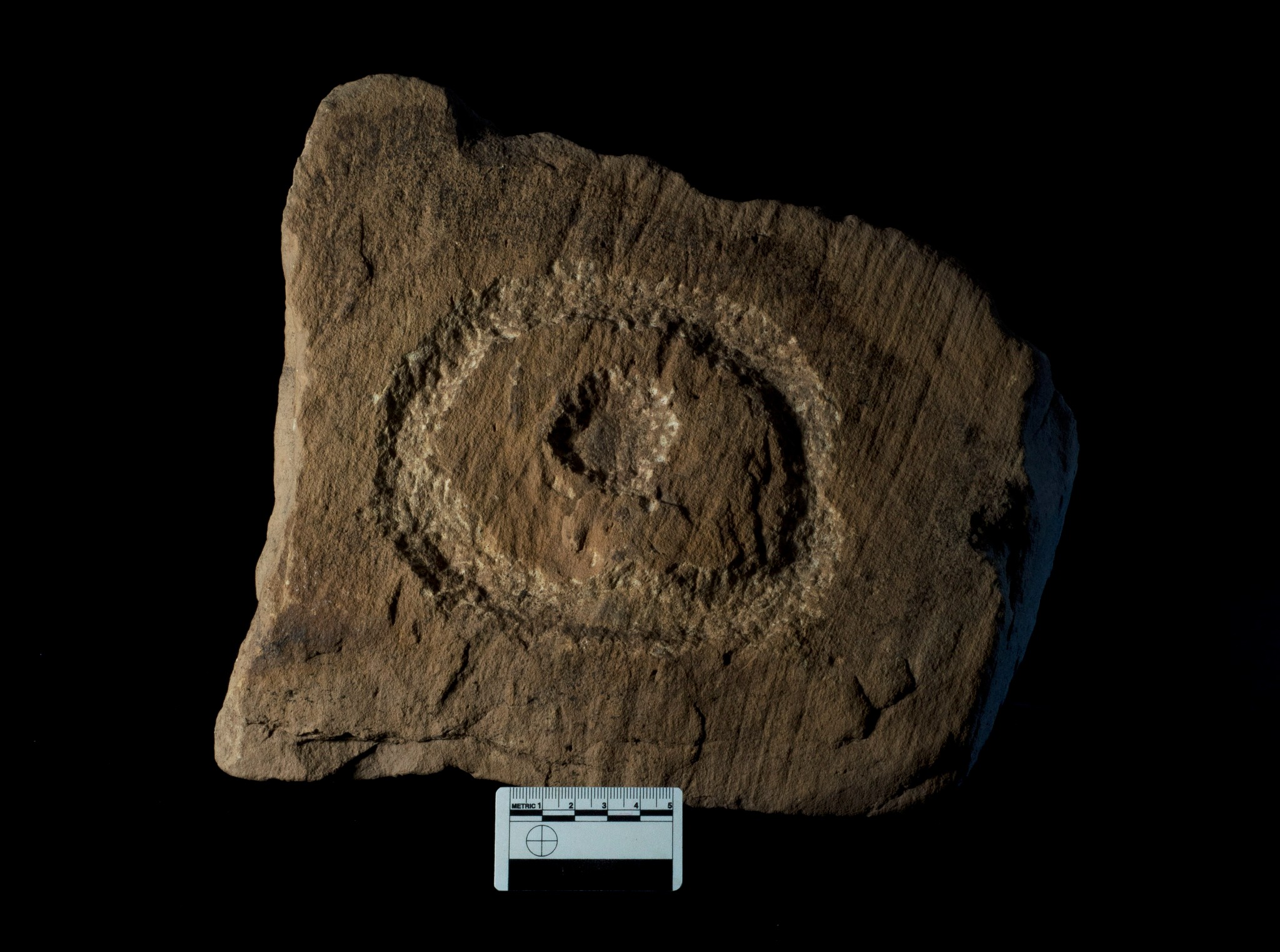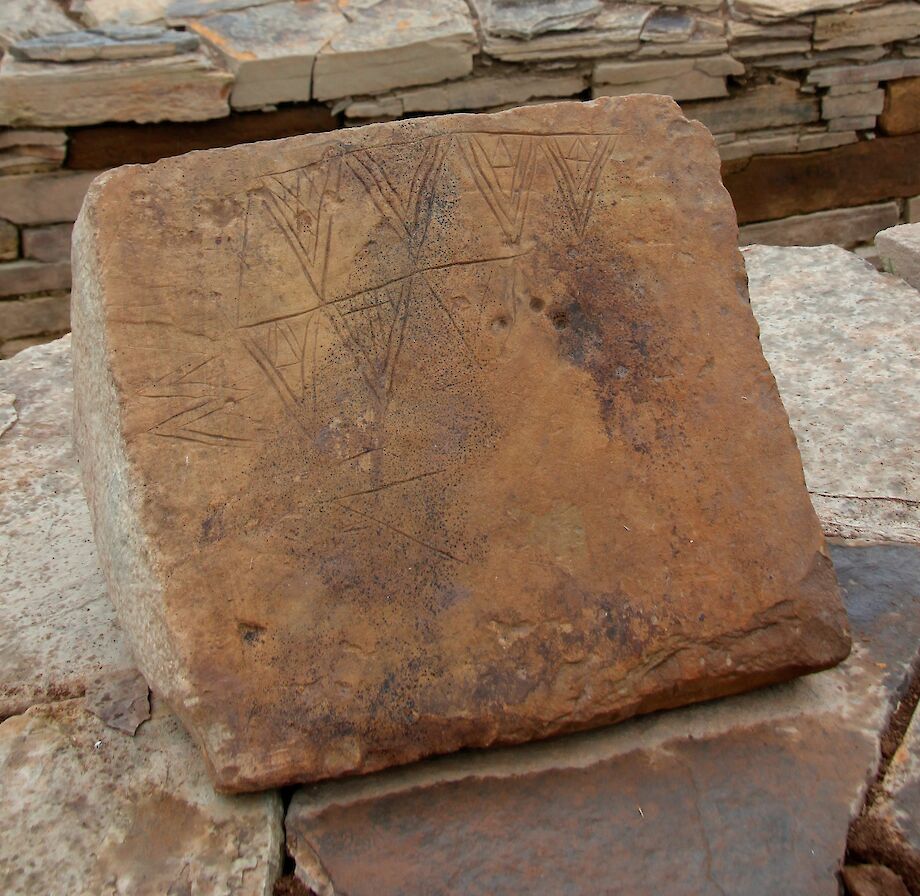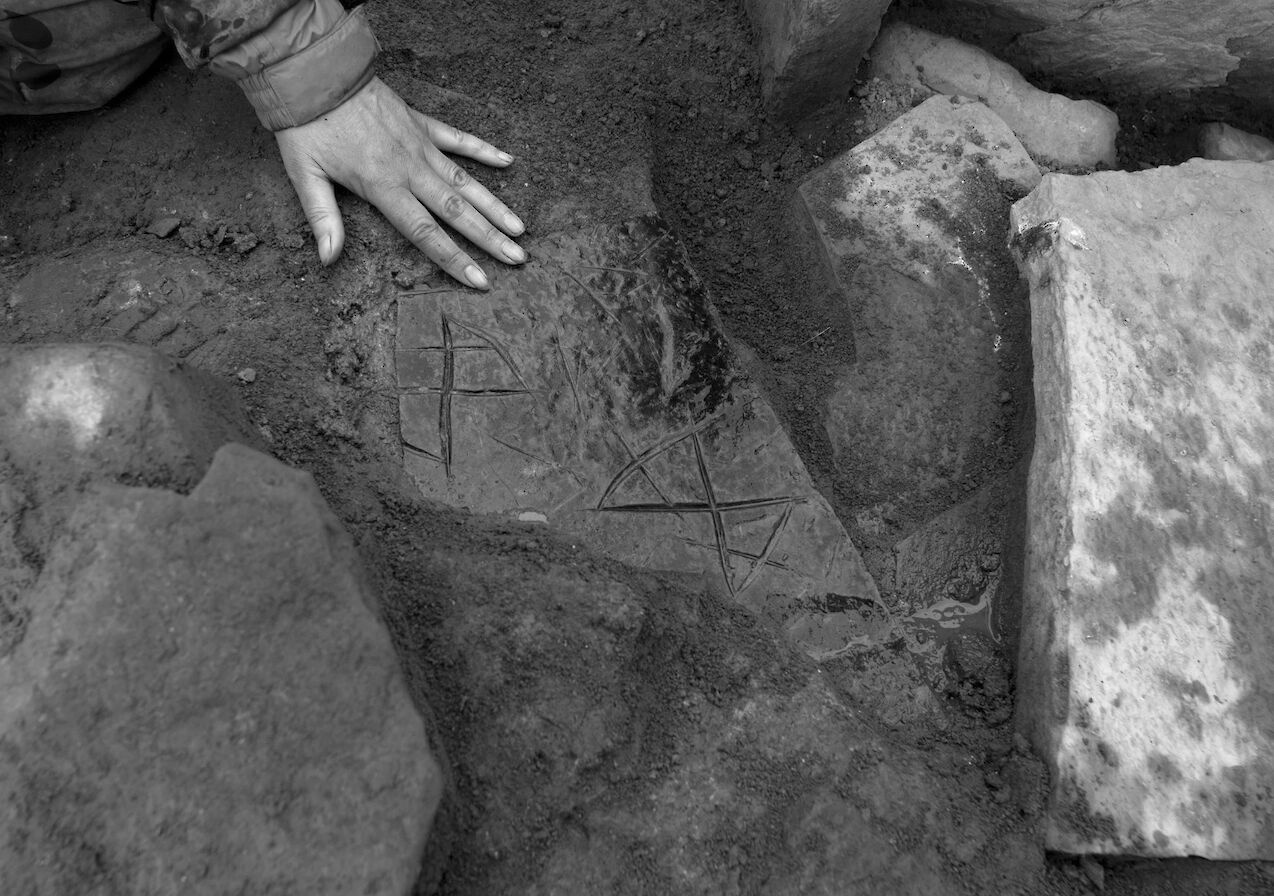“I can remember the day when I decided to go and study archaeology,” reflects Nick Card, director of the Ness of Brodgar dig in Orkney.
“I was actually standing in the British Museum, which has always been a Mecca for me, when I realised I was wasting my time doing other things and should go and become an archaeologist.”
Over 40 years later and Nick has come full circle, with a collection of stunning Neolithic artefacts excavated from the Ness of Brodgar site set to be exhibited as part of a major British Museum exhibition which opens later this month.
The exhibition, titled The World of Stonehenge, follows the story of Britain and Europe from 4000 to 1000 BC, a period of immense transformation and radical ideas that changed society forever.
Objects from the Ness have never been displayed outside of Orkney before and will be on loan to the British Museum for the duration of the exhibition.
It’s a milestone moment for Nick and his team in the history of the Ness, a 2.5-hectare site which has captivated archaeologists and visitors alike over almost two decades of excavations, throwing up countless surprises and insights into the complexity and sophistication of Orcadian Neolithic society.
In addition to the substantial stone structures uncovered at the Ness, which mark it out as a site of enormous significance for our Neolithic ancestors, the dig has revealed a vast amount of Stone Age artwork, along with exquisite, polished stone objects and beautiful pottery.
Nick and this team aren’t done with it yet either. Only an estimated 10-per-cent of the site’s remarkable structures have been uncovered so far, with a mere five-per-cent of the volume of archaeological material at the Ness collected and meticulously catalogued.
Almost as surprising as the site itself, which lies on a thin isthmus of land between Harray Loch and the Loch of Stenness, close to the iconic Ring of Brodgar stone circle, is the fact that the success and progress of these internationally important excavations is largely down to donations from around the world, along with some public sector funding.
The site is also managed by a charitable body, The Ness of Brodgar Trust, with support from the American Friends of the Ness, and in conjunction with the University of the Highlands and Islands (UHI) Archaeology Institute. Teams of enthusiastic volunteers back up Nick and the specialist archaeologists from UHI and further afield.
In a normal, non-pandemic year, excavations at the Ness run for eight weeks across the late summer months, with countless visitors turning up to witness work on one of the most exciting archaeological digs in recent times. It all ground to a halt in 2020, though a seven-week block of digging was undertaken last year, and it’s hoped the same will happen again in 2022.
Around 30 artefacts from the Ness have made the journey to London for the British Museum exhibition, which gets underway on 17 February and runs until 17 July.
“Initially, I thought the museum would probably select only two or three pieces, but in the end, we’ve sent some of the very nice examples of Neolithic art, plus some beautiful stone mace heads and other polished stone artefacts, and examples of decorated pottery as well,” says Nick. “It’s always a difficult decision to choose when you’re dealing with an assemblage of some 40,000 items as we have here.”
Covid prevented Anne Mitchell, the Ness’ Finds Officer in charge of all the artifacts, making the journey to London to help with the installation of the Ness artefacts, but the Orkney team has been involved in the process virtually.
“We’ve been part of the installation process via video link, so we’ve got a good inkling about how it’s all going to be set out,” Anne says. “It’s going to be well worth a look if you’re down that way. The British Museum usually gets millions of visitors each year and, covid permitting, it’ll undoubtedly be very well attended.”
Nick adds: “To actually have our material there being exhibited next to some of the most iconic artefacts from the Neolithic era, including the Nebra Sky Disc and the Seahenge monument, is a huge accolade for the Ness and the hard work that all of our team has put in. It’s all part of the story of the development of the Ness.”
The easing of covid restrictions meant that a team from the British Museum was finally able to travel to Orkney last week to meet Nick and his colleagues and see first-hand the work going on to study and catalogue artefacts from the Ness.
Making her first trip to Orkney was Dr Jennifer Wexler, project curator for the Stonehenge exhibition.
“As a pre-historic archaeologist, I’ve been wanting to come to Orkney forever and to finally get here has been amazing,” she said. “In an ideal world we would have come up for the planning of the exhibition but because of the pandemic that wasn’t possible. It’s great now to see the sites in person and to also meet our colleagues, but it’s really like a wow factor as a pre-historic archaeologist to come up here and see these sites. For me it puts everything into context.
“The Ness is an extraordinary site because it has a set of these really grand stone structures that were built on a scale not seen anywhere else, and it also has one of the largest groupings of Neolithic art in all of the British Isles and northwest Europe too. There’s a lot of excitement around getting these objects down for the run of the exhibition and I think people will be stunned when they see them.”
Dr Wexler said the idea for the World of Stonehenge exhibition had developed around ten years ago, with planning taking place over the past three years.
“We’re using Stonehenge as a gateway to this broader, rich world of the Neolithic and Bronze Age,” she explained. “One of the things we’re looking at are these broad connections between communities from across the British Isles and Europe, and so material from the Ness of Brodgar and Orkney is really important to telling that story.
“A lot of the ideas we’re looking at in the exhibition, such as monumental places for people to gather at key times of the year and the development of influential types of pottery or house structures, originated in Orkney over 5000 years ago. It was the most ‘happening’ place at that time, where ideas were filtering out to the rest of the British Isles. We want to show the sophistication of that world and the connections between people over long distances. Hopefully everyone will be excited and surprised about that!”
Visit the official website to book tickets and for further information on the World of Stonehenge exhibition at the British Museum.










